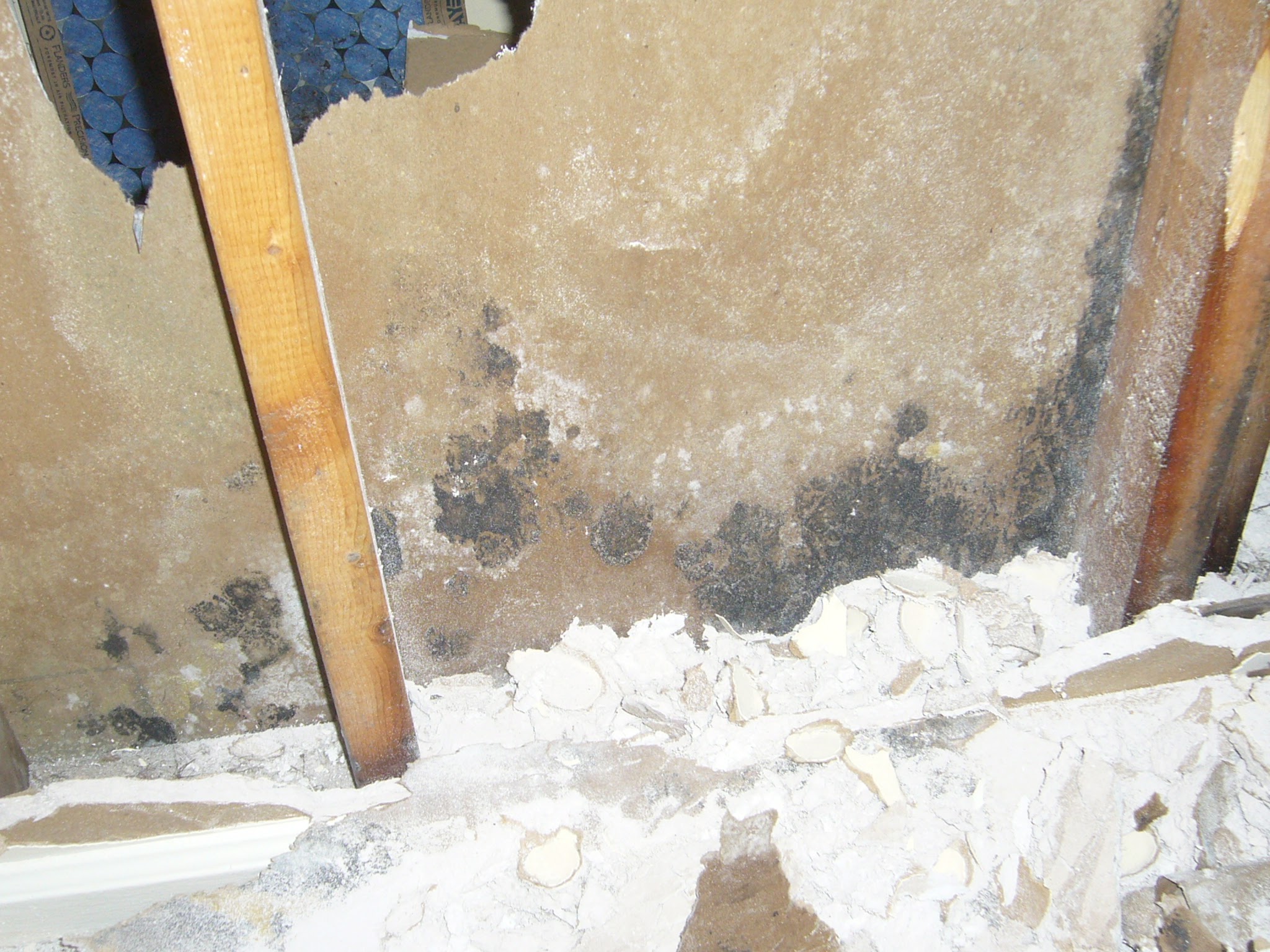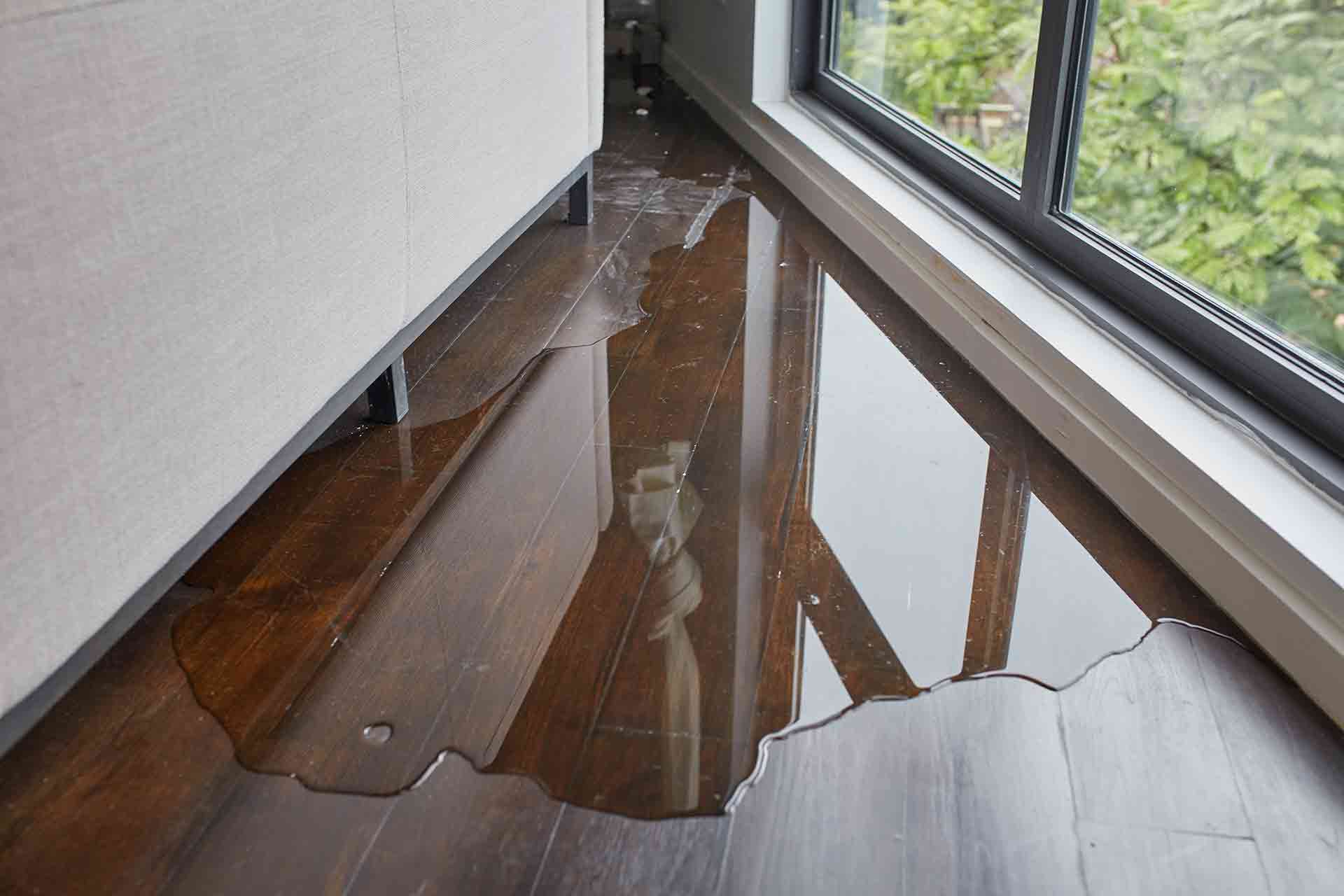Ways to Repair a Water-Damaged Wall in the Bathroom
Ways to Repair a Water-Damaged Wall in the Bathroom
Blog Article
In this article in the next paragraph yow will discover a bunch of first-rate additional info with regards to How to Prevent Bathroom Water Damage.

The washroom is extremely susceptible for damp buildup and potential water damage because of the constant use water in it. This article provides basic examination strategies to aid spotting water damage dangers.
The regular use water in the washroom makes it extremely vulnerable for moist accumulation as well as prospective water damages. By checking it consistently, you can lower water related damages.
The following set of evaluations is very easy to execute and also need to be done as soon as in every 3 months in order to maintain your washroom healthy and also to stop possible water problems brought on by the bath tub, the shower, pipeline joints as well as plumbing, sinks, cupboards, and also the bathroom
Do not disregard carrying out these evaluations and also be detailed while doing them. Bear in mind that these easy inspections can conserve you a great deal of money by giving very early indications for water damage
Sinks and also Cabinets
Sinks as well as cabinets are exposed to dampness as well as humidity day-to-day and also are typically neglected. Check routinely under the sink and also on the counter top above it. Fix any type of drip in the trap as it might recommend drain troubles. Browse the sink, slow draining pipelines may indicate an obstructed drain. Change sink seals if they are split or loose.
Bathtub and also Shower
The shower as well as bathtub call for special focus as well as maintenance. Inspect the floor tiles and change if broken. Make sure that there is no missing cement between the tiles. Check and change cracked caulking at joints where the wall surfaces meet the flooring or the bath tub. Blocked drains pipes and pipelines problems will certainly avoid the bath tub from drying and also may show serious issues beneath the bathtub. Talk to a specialist right away to stop structural damages. Pay attention to stainings or soft locations around the tub wall surfaces as they may suggest an inner leak.
Plumbing
Signs for water damage are difficult to detect because the majority of pipes are set up inside the wall surfaces.
Pay special interest to floor covering and wall surfaces dampness and spots as they might indicate an undetectable plumbing problem. Check wetness degrees in adjoining spaces too.
The Toilet
The toilet is a prone water joint. Check the water lines as well as look for leakages around the toilet seat, in the hose pipe, as well as under the water container. If you spot any type of indicators of dampness on the floor around the bathroom, look for leakages in the toilet edge and tank seals.
Know that hanging commode dish deodorants increases the possibilities for blockages.
Water Damage Signs In The Bathroom To Avoid Cleanup
Musty smell
This is one of the easiest signs to catch because musty smells are so odorous. The damp, earthy, moldy smell should be a big red flag. The smell will develop when moisture gets trapped in surfaces, and begins to facilitate mold growth. Leaking pipes under cabinets, inside walls, and behind shower fixtures will cause moisture to stay trapped and not dry, which will lead to mold growth and spread. As soon as you notice any musty smells in your bathroom, have it checked for hidden water damage and cleanup signs.
Visible mold
If the smell isn’t there to give it away, sometimes you will actually see mold growth. Finding mold in your bathroom is a serious problem, because mold is very harmful to your health. By the time mold growth is visible, it also means that water damage has already occurred and been present for some time. The only way the mold problem can be resolved is to find the source of the moisture and get it stopped. To safely and adequately remove mold, you need to have professionals handle the remediation. Do not waste any time in getting mold problems addressed, fixed, and sanitized so that you can protect you and your family from the many respiratory symptoms caused by mold exposure.
Damaged floors
Bathroom floors should be able to withstand some exposure to water while still remaining in good condition. However, when excess exposure or water leaks occur, they will begin to damage even the most water-resistant flooring. If you notice any cracking, bubbling, staining, or warping on your bathroom floors, there is probably a water leak somewhere causing the distortion. If you notice areas of the floor have become softer, or even have a spongy feeling, there is probably damage to the subfloor. Subflooring is typically made up of plywood. When plywood is exposed to water or moisture, it will absorb it. Once it has become saturated, the weight of the excess water will cause the wood to swell and soften. Check the floors in your bathroom frequently to catch any of these sings before they lead to damaged subflooring.
Changes on walls
When water leaks behind walls, it will cause changes in the drywall. Peeling plaster, blistering paint, and soggy wallpaper are all good indicators that excess water is building up behind the wall. Water leaking behind drywall will cause it to swell and be soft to the tough. If you start to notice gaps along the trim of your walls, or where tile meets the wall, it could also be a strong indicator that there is a leak behind the wall. Any changes, distortion, or damage on the walls should be evaluated as soon as you notice it to prevent further water damage and cleanup.

Do you like reading about How to Prevent Bathroom Water Damage? Post a remark directly below. We would be interested to see your feelings about this article. We hope that you come back again soon. Sharing is nice. Helping people is fun. I love reading our article about How to Fix a Water Damage Bathroom.
Book My Estimate Report this page